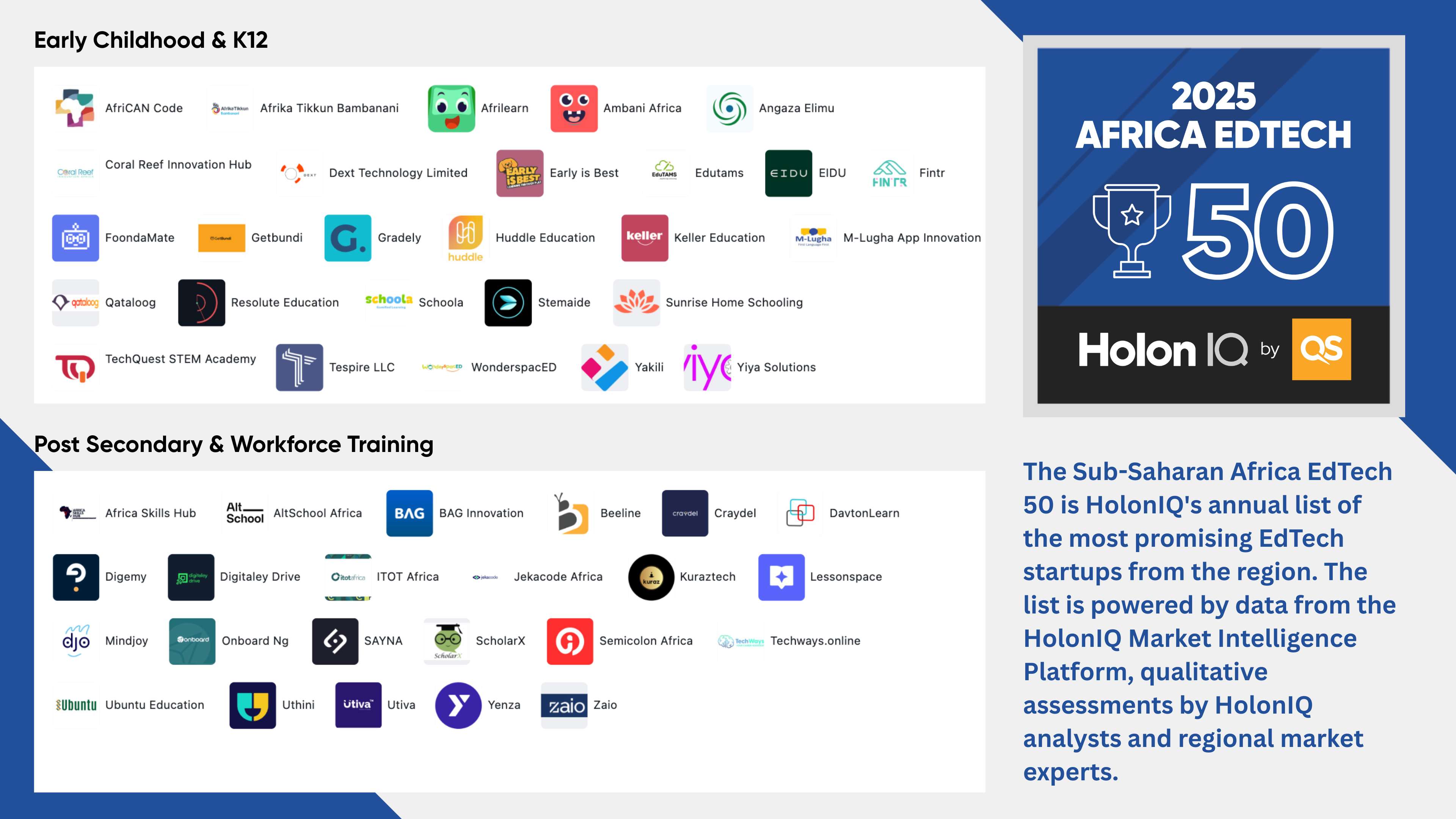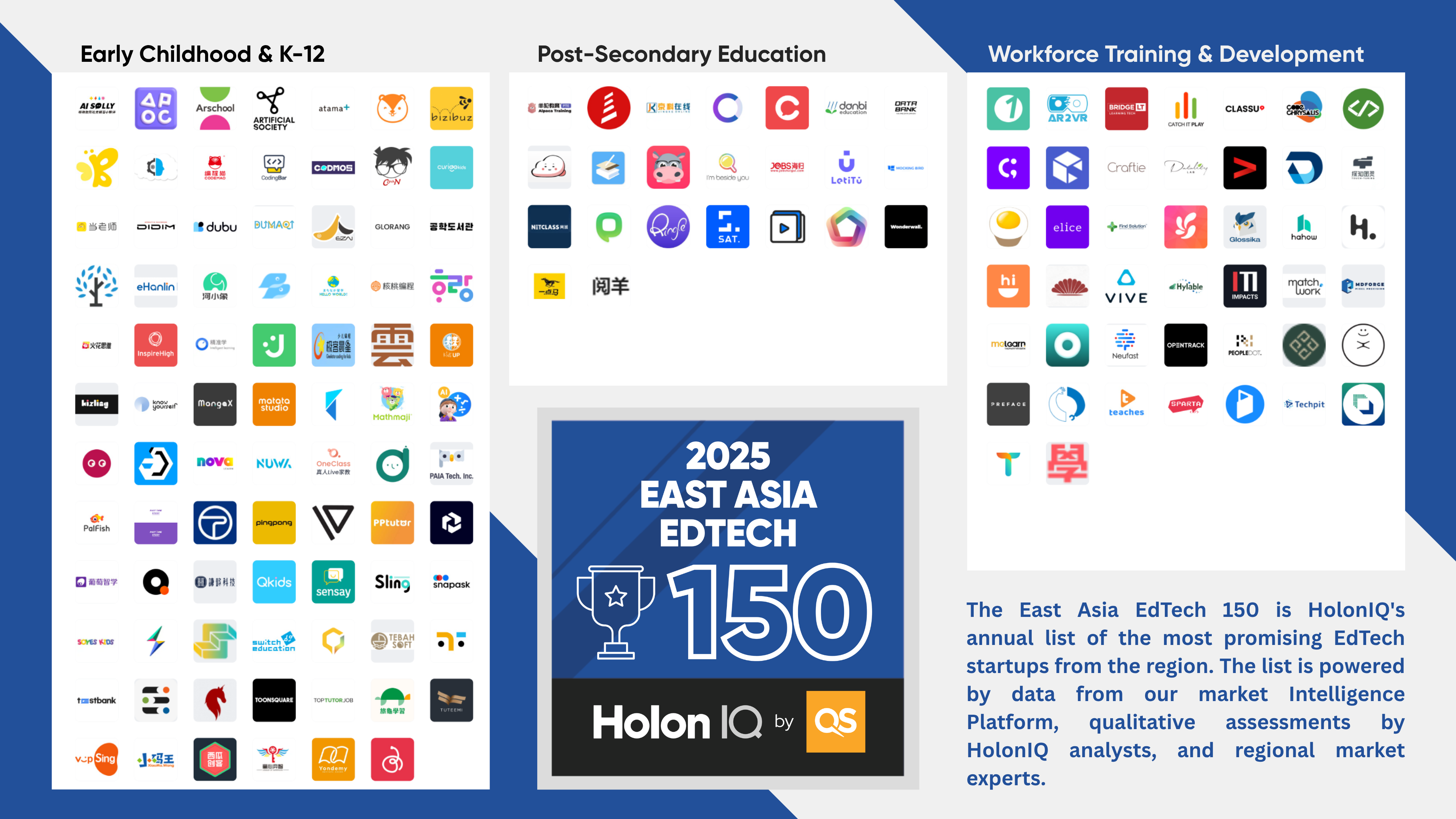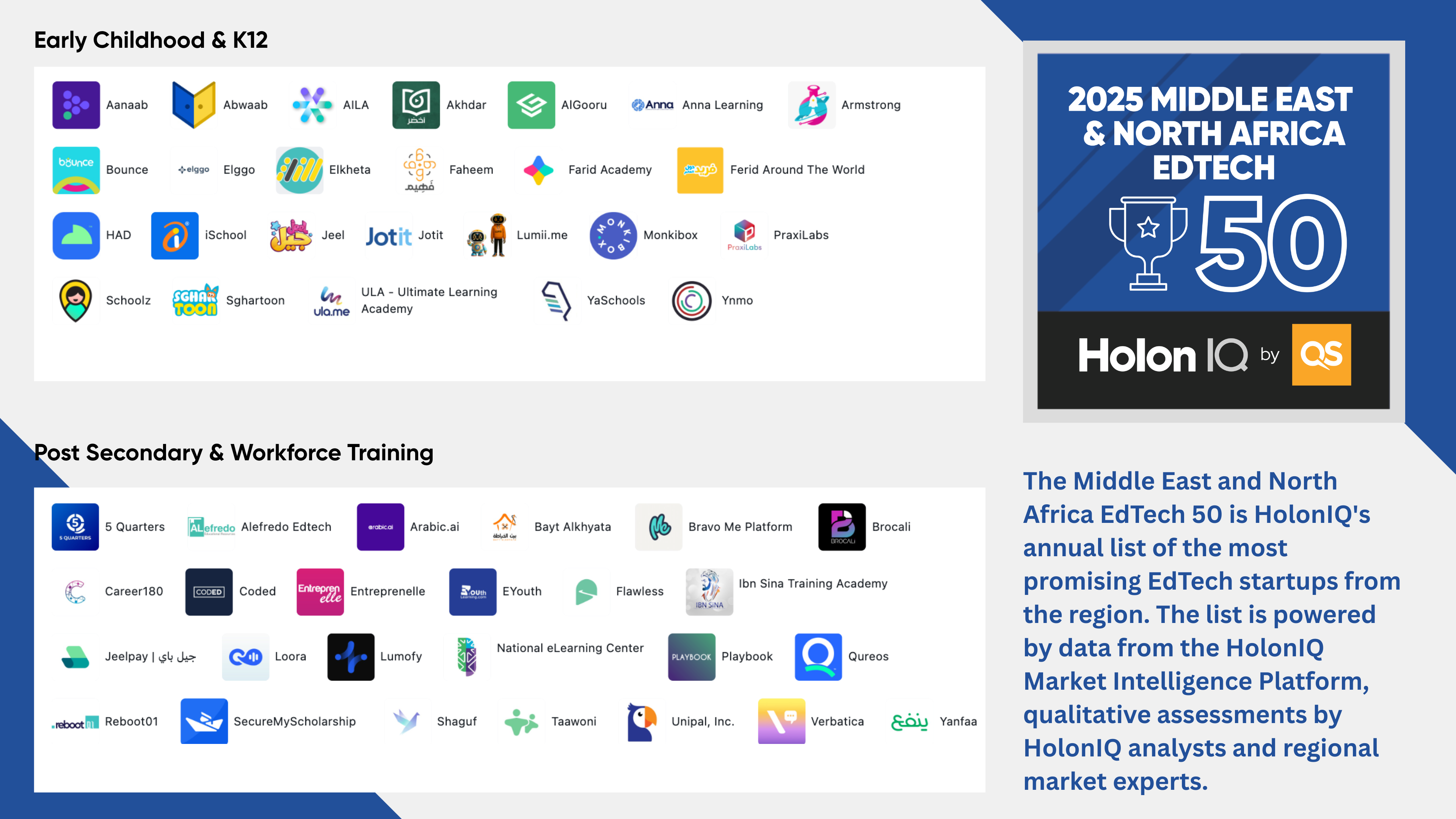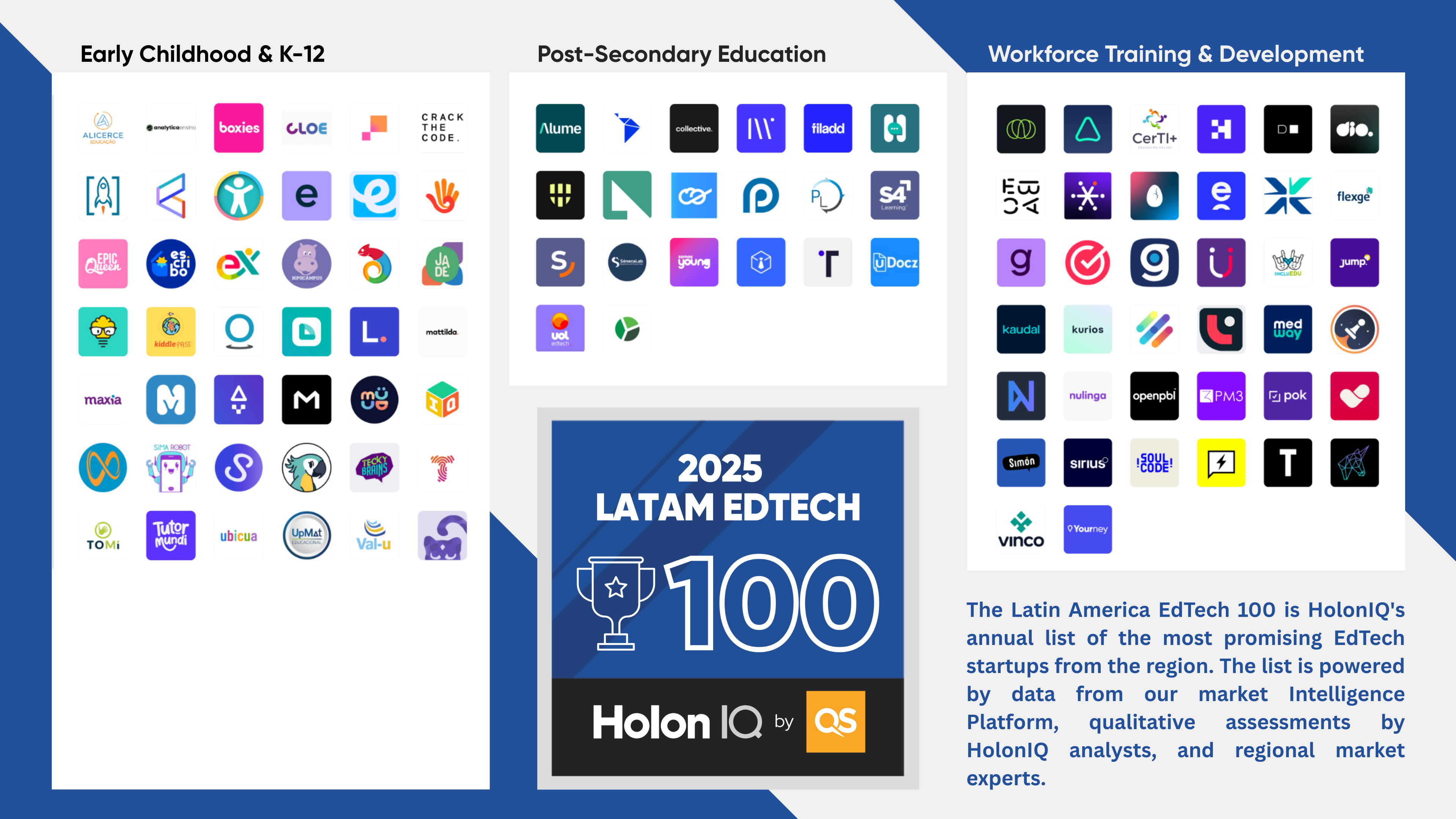Online Course Platforms (OCP's) have evolved markedly since the original LMS technology provided a platform for delivering content and learning online. 20 years later, a thriving market has emerged, offering a variety of options for learners and four dominant, but increasingly overlapping models.
The Online Course Platform landscape has evolved rapidly over the past two decades and we expect that evolution to accelerate further through 2030. Learners are spoilt for choice and curriculum and content players have options too.

Who creates and builds curriculum and content is one of the key differentiators of Online Course Platforms. From individual makers and professionals delivering peer to peer learning to global education and technology giants scaling unprecedented upskilling.

Single brand 'shopfront' or multi-brand 'catalog'. Autonomous or Aggregator. Whether you're content or sales, the distribution strategy clearly defines how Online Course Platforms enable and distribute digital learning.

The D2C (direct to consumer) channel has dominated the Online Course Platform market. eCommerce meets education, paypal and credit card payment systems enabled rapid growth. COVID accelerated the B2B enterprise channel and now parents, schools and universities join as emerging channels.

From low fixed monthly platform subscription fees to revenue shares for creators ranging from 20-97%, the commercial models that share cost, risk and reward between the creator and the platform and/or distributor vary significantly.
Together, content and distribution define the four dominant Online Course Platform models. The MOOC moniker captured our imaginations in 2012, but today barely describes or wraps around the multi-brand, institutional model scaling university and enterprise curriculum around the world.
Based on approaches to content strategy and distribution strategy, there are four major models for Online Course Platforms (OCP).















.png)







